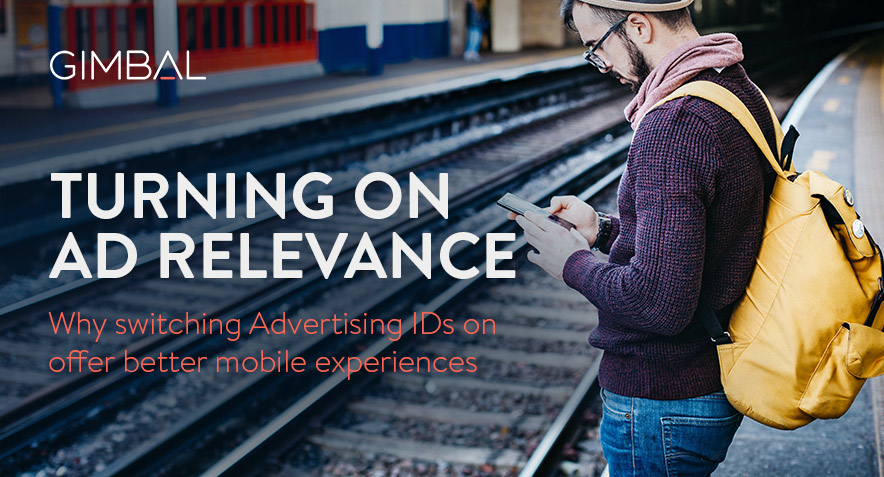There’s no denying that we live in a mobile-first world. Everyone has a smartphone these days, or at the very least, some sort of connected device. Each smartphone is differentiated from the billions of other mobile devices by a unique, user-specific, anonymized and user-resettable ID for advertising known as an Advertising ID.
Beginning in 2012, Apple began using the acronym IDFA (Identifier for Advertising) while Google adopted AAID (Android Advertising ID) shortly thereafter to describe their own versions of the Advertising ID.
Regardless of what they’re called, Advertising IDs are similar to traditional browser-based cookies in that they allow advertisers to track online mobile interactions. However, cookies are unable to track users effectively on mobile when they move between mobile apps and web browsers, making conversion tracking difficult.
The challenge is that app publishers may choose NOT to enable Advertising IDs because of privacy concerns, or simply put, they don’t see the value in it. However, enabling Advertising IDs in an app offers a variety of benefits to almost all parties involved.
The Value of Advertising IDs to End-Users
Much to the dismay of many consumers, you can’t opt out of advertising. People can, if they choose, opt out of behavior-based targeting by resetting the Advertising IDs on their smartphones, but it doesn’t mean fewer ads will show up. It means the same number of ads will show up; they’ll just be less relevant.
Advertising IDs give users more control over the types of content they receive in order to create a more tailored ad experience.
According to a survey conducted by the University of Southern California’s Annenberg Center for the Digital Future, millennial’s are willing to share information – like their Advertising ID – in exchange for more targeted messaging.1
Why App Publishers Should Enable Advertising IDs on Their Apps
Turning on Advertising IDs open up a world of opportunities for publishers, helping them connect the physical and digital worlds while providing them with a richer understanding of who their users are. With the ability to reach users both in and out of their app, publishers can build highly-targeted, unique segments based on their app’s first-party location data.
Below are six advantages app publishers gain by enabling Advertising IDs:

- Physical World Attribution: Measure if a device visited a specific place after seeing your advertising.
- Audience Segmentation: Bucket your audience by characteristics such as location visitation, purchase behavior, demographics, and more.
- Increase Revenue & Bolster Partnerships: Provide your partners with accurate audience insights for cross-sell and partnership opportunities.
- App Acquisition Strategy: Look at the characteristics of your most engaged users to help acquire new app users that exhibit similar behaviors (and track app installs against advertising).
- Mapping Consumer Journey: Track customer movement to understand where devices frequent most, how long they dwell at those places, where they’re coming from, and where they’re going next.
- Advertise to App Users Outside Your App: Extend advertising campaigns currently running within your app to reach those on other apps and mobile websites they frequent.
What About Privacy?
 Advertising IDs are completely anonymous and are not associated with any Personally Identifiable Information for advertising purposes. Additionally, users have the choice to reset their ID and can opt-out of all remarketing by updating a device setting on their phone.
Advertising IDs are completely anonymous and are not associated with any Personally Identifiable Information for advertising purposes. Additionally, users have the choice to reset their ID and can opt-out of all remarketing by updating a device setting on their phone.
Both Google and Apple provide privacy-compliant guidelines regarding the use of Advertising IDs.
It’s Personal
When you have a personal connection with your users, you can gain a better understanding on how best to build your user experience and improve app retention. Similarly, when it comes to advertising, knowing your mobile audience helps you deliver personalized ad experiences to drive consumer engagement and build loyalty. Everyone wins.
1 The 2017 Digital Future Report. Surveying the Digital Future. University of Southern California Annenberg Center.
Looking to create a better experience for your app users?

